
This resource is for students studying in the Victorian Mainstream English Curriculum.
Context of Night by Elie Wiesel
Night is Elie Wiesel’s masterpiece autobiographical account of surviving the Holocaust while a young teenager. It is a candid, horrific and deeply saddening piece of Holocaust literature. Set in a series of German concentration camps, Night offers much more than a litany of the daily terrors. It records the unspeakable yet commonplace occurrences, the everyday perversion and rampant inhumanity, of life inside a death camp. At times, it is a painful memoir to read but it does eloquently address what the Holocaust was, what it meant, and what its legacy is and will be.
Elie Wiesel records his own terrifying personal experiences of the Nazi death camp horror through his narrator Eliezer. Night traces Eliezer’s journey as a young Jewish boy who agonizingly witnesses the death of his family, the death of his innocence and the death of his God. While Eliezer parallels Elie Wiesel’s own biography and is intensely personal, it also is representative of the experiences of hundreds of thousands of Jewish teenagers during the Holocaust. Night awakens the shocking memory of evil at its absolute and carries with it the unforgettable message that this horror must never be allowed to happen again.
Each chapter raises questions that have haunted the world since Hitler’s rise: How could the world allow such a staggering number of innocents to be persecuted and executed? Why does one man survive when his body, mind and spirit are brutalized for months, even years, when his neighbour, or father, does not?
Non-Fiction Narrative such as Night by Elie Wiesel
The chosen text, such as Night by Elie Wiesel, explores a range of experiences and offers interesting insights into human experience and human condition. Texts such as this help us to reflect on how individuals respond to challenge and adversity, what they value, what gives them hope and why they behave the way they do. The ‘why’ is the most interesting question for students to explore.
Types of Non-Fiction Narratives such as Night by Elie Wiesel
Biography, autobiography and memoirs are popular forms of book-length non-fiction narratives. They tell a story, the story of someone’s personal experience. These texts share many of the structural features of other narrative genres, for example, they usually have a climax and some sense of resolution. Biographies, autobiographies and memoirs give us insights into the lives of others whose experiences are unique. They can increase our understanding of many issues, human suffering and dilemmas. They can present “the untold story” of someone who lives through a situation such as Elie Wiesel during the Holocaust, recount an unknown event that affected the course of history or simply bring us stories of courage, resilience and heroism.
Point of View and Selection of Events in a Biography, Autobiography and Memoirs
To a great extent these texts tell the ‘truth’. They are accounts of real events happening to real people. However, in any genre the writer selects what to include and what to leave out of the story, and this is no less the case for non-fiction narratives. These texts often aim to be detached from their subject and are written from a certain perspective, evident in the information included and what is omitted.
For autobiographies and memoirs, that is first-hand or ‘eyewitness’ accounts, the writer will remember the facts from a particular point of view. For example, the events of Night are narrated by Elie, a Holocaust victim. If a bystander or an officer in the German army was to recount the same events, their recollections would no doubt be different. Therefore the author’s purpose in writing a non-fiction text, whether to give testimony, find answers, reveal a hidden story, can also affect the way in which he or she recalls or shapes the account.
In studying Night by Elie Wiesel it is important to identify the writer’s perspective on the people and events in the narrative. This will help you appreciate the tone and style of the writing and understand why certain themes are explored and certain values are expressed.
Importance of Context and Setting
One way of understanding an author’s viewpoint in non-fiction narrative writing is to undertake research about the life and times of the subject. Studying Night by Elie Wiesel you should research the author and the history of World War II, Nazi Germany, concentration camps, lives of survivors of such camps and the social and political context in which the events took place.
Create a Timeline
Creating a timeline is also useful to record the significant events in the narrative along with the historical significance. Annotating on the timeline any crises and turning points in the narrative, a climax and some sort of resolution as well.
Consider the Subjects – The People of Non-Fiction
Make a summary of the subjects, the people in the non-fiction. List these important facts about them:
- Name
- Brief words about them
- Their appearance
- Most important relationship
- Most important thing that happens to them
- Key quotes, by them, to them, or about them
- Main function in the text
- Most important thing he or she contributes to our understanding of a main subject or theme
Themes and Values
Identify the central theme of the non-fiction text. Develop some ‘big ideas’ related to the central theme by creating a concept map. Identify values demonstrated in the text by making a summary of the following:
- Choose 5 people from the text, the main subject and four other significant individuals
- Based on what they say, think or do, summarise the views expressed by each
- Make a note of the consequences of their behaviour
- Does this show the writer’s approval or disapproval of their values, or of the values of their society?
- As Night is an autobiography, how does the writer judge his own actions, decisions and attitudes?
Identify the World View Illustrated in the Text
Ask yourself these questions about the world view illustrated in the text:
- ultimately hopeful or doomed?
- getting better or getting worse?
- a frightening place or a beautiful place?
- a place of abundance or dearth?
- a place of restrictions or of freedom?
Summarise your conclusions in a few sentences that include evidence from the text that supports your conclusions. This is vital information that you need to write an analytical essay on the non-fiction text you are studying.
Metalanguage for Non-Fiction Narratives
Use metalanguage when writing about your particular texts that includes what is relevant to the subject, the point of view and the type of narrative. Words to include in this list are
- autobiography
- biography
- biographer
- non-fiction
- memoir
- point of view
- subject ie. the person or a set of events
Here is some Valuable Research on Night by Elie Wiesel to use for Analytical Text Responses
Use the following research to summarise your reading and understanding of the text to help you respond analytically in an essay.
Background on the Author Elie Wiesel
Elie Wiesel was born on September 30, 1928, in Sighet, a small town in Transylvania that was then part of Romania but became part of Hungary in 1940. Wiesel’s Orthodox Jewish family was highly observant of Jewish tradition. His father, Shlomo, a shopkeeper, was very involved with the Jewish community, which was confined to the Jewish section of town, called the shtetl. As a child and teenager, Wiesel distinguished himself in the study of traditional Jewish texts: the Torah (the first five books of the Old Testament), the Talmud (codified oral law), and even, unusual for someone so young, the mystical texts of the Cabbala.
The Jews in Hungary During World War II
Until 1944, the Jews of Hungary were relatively unaffected by the catastrophe that was destroying the Jewish communities in other parts of Europe. While anti-Jewish legislation was a common phenomenon in Hungary, the Holocaust itself did not reach Hungary until March 1944. The German army occupied Hungary, installing a puppet government under Nazi control. Adolf Eichmann, the executioner of the Final Solution, came to Hungary to oversee personally the destruction of Hungary’s Jews. The Nazis operated with remarkable speed: in the spring of 1944, the Hungarian Jewish community, the only remaining large Jewish community in continental Europe, was deported to concentration camps in Germany and Poland.
Eventually, the Nazis murdered 560,000 Hungarian Jews, the overwhelming majority of the pre-war Jewish population in Hungary. In Wiesel’s native Sighet, the disaster was even worse: of the 15,000 Jews in pre-war Sighet, only about fifty families survived the Holocaust.
Elie Wiesel’s Family Deported to Auschwitz in 1944
In May of 1944, when Wiesel was fifteen, his family and many inhabitants of the Sighet shtetl were deported to the Auschwitz concentration camp in Poland. The largest and deadliest of the camps, Auschwitz was the site of more than 1,300,000 Jewish deaths. Wiesel’s father, mother, and sisters all died in the Holocaust. Wiesel himself, the only survivor of his family, was liberated by the American Army in 1945.
Genre of Night
As an autobiography, Night is not a formal history, but rather a portrayal of a life and time from a limited point of view. It is not a novel because the events and people portrayed really did exist. The text is a mixture of testimony, deposition and emotional truth-telling which is similar to works in the memoir genre. It is clear that Eliezer is meant to serve, to a great extent, as author Elie Wiesel’s stand-in and representative. Minor details have been altered, but what happens to Eliezer is what happened to Wiesel himself during the Holocaust. It is important to remember, however, that there is a difference between the persona of Night’s narrator, Eliezer, and that of Night’s author, Elie Wiesel.
Summary of the Narrative
Night is narrated by Eliezer, a Jewish teenager who, when the memoir begins, lives in his hometown of Sighet, in Hungarian Transylvania. Eliezer studies the Torah (the first five books of the Old Testament) and the Cabbala (a doctrine of Jewish mysticism). His instruction is cut short, however, when his teacher, Moshe the Beadle, is deported. In a few months, Moshe returns, telling a horrifying tale: the Gestapo (the German secret police force) took charge of his train, led everyone into the woods, and systematically butchered them. Nobody believes Moshe, who is taken for a lunatic.
In the spring of 1944, the Nazis occupy Hungary. Not long afterward, a series of increasingly repressive measures are passed, and the Jews of Eliezer’s town are forced into small ghettos within Sighet. Soon they are herded onto cattle cars, and a nightmarish journey ensues. After days and nights crammed into the car, exhausted and near starvation, the passengers arrive at Birkenau, the gateway to Auschwitz.
Upon his arrival in Birkenau, Eliezer and his father are separated from his mother and sisters, whom they never see again. In the first of many “selections” that Eliezer describes in the memoir, the Jews are evaluated to determine whether they should be killed immediately or put to work. Eliezer and his father seem to pass the evaluation, but before they are brought to the prisoners’ barracks, they stumble upon the open-pit furnaces where the Nazis are burning babies by the truckload.
The Jewish arrivals are stripped, shaved, disinfected, and treated with almost unimaginable cruelty. Eventually, their captors march them from Birkenau to the main camp, Auschwitz. They eventually arrive in Buna, a work camp, where Eliezer is put to work in an electrical-fittings factory. Under slave-labour conditions, severely malnourished and decimated by the frequent “selections,” the Jews take solace in caring for each other, in religion, and in Zionism, a movement favouring the establishment of a Jewish state in Palestine considered the holy land. In the camp, the Jews are subject to beatings and repeated humiliations. A vicious foreman forces Eliezer to give him his gold tooth, which is prized out of his mouth with a rusty spoon.
The prisoners are forced to watch the hanging of fellow prisoners in the camp courtyard. On one occasion, the Gestapo even hang a small child who had been associated with some rebels within Buna. Due to the horrific conditions in the camps and the ever-present danger of death, many of the prisoners themselves begin to slide into cruelty, concerned only with personal survival. Sons begin to abandon and abuse their fathers. Eliezer himself begins to lose his humanity and his faith, both in God and in the people around him.
After months in the camp, Eliezer undergoes an operation for a foot injury. While he is in the infirmary, however, the Nazis decide to evacuate the camp because the Russians are advancing and are on the verge of liberating Buna. In the middle of a snowstorm, the prisoners begin a death march: they are forced to run for more than fifty miles to the Gleiwitz concentration camp. Many die of exposure to the harsh weather and exhaustion.
At Gleiwitz, the prisoners are herded into cattle cars once again. They begin another deadly journey: one hundred Jews board the car, but only twelve remain alive when the train reaches the concentration camp Buchenwald. Throughout the ordeal, Eliezer and his father help each other to survive by means of mutual support and concern. In Buchenwald, however, Eliezer’s father dies of dysentery and physical abuse. Eliezer survives, an empty shell of a man until April 11, 1945, the day that the American army liberates the camp.
The Importance of “Night” as a Symbol
The Bible begins with God’s creation of the earth “without form and void; and darkness [is] upon the face of the deep” (Genesis 1:2 New International Version). God’s first act is to create light and dispel this darkness. Darkness and night therefore symbolise a world without God’s presence.
In Night, Wiesel exploits this allusion. Night always occurs when suffering is at its worst and its presence reflects Eliezer’s belief that he lives in a world without God. The falling of night is used by Wiesel to create an atmosphere of darkness, a back drop against which to describe danger and suffering, fear, loss of hope, loss of faith and loss of life.
The imagery of night is repeated throughout the book to help us visualise and make sense of the sketches. Eliezer notes the time of day as the worst things happen at night. This backdrops the association that Wiesel experienced during his time in the camps. It also conjures up dreams and nightmares of the psychological journey Wiesel went through.
The first time Eliezer mentions that night fell when his father is interrupted while telling stories and they are informed about the deportation of the Jews in Sighet. Similarly it is night when Eliezer first arrives at Birkenau/Auschwitz and it is night, specifically “pitch darkness”, when the prisoners begin their horrible run from Buna. It was at night that Eliezer’s faith is utterly destroyed and he can never forget the horror of that night.
One of the Most Notable Quotes
(Page xix in ‘The Foreword’ Modern Penguin Classics Version 2006)
“Never shall I forget that night, the first night in camp, which has turned my life into one long night, seven times cursed and seven times sealed.
Never shall I forget that smoke.
Never shall I forget the little faces of the children, whose bodies I saw turned into wreaths of smoke beneath a silent blue sky.
Never shall I forget those flames which consumed my faith forever.
Never shall I forget that nocturnal silence which deprived me, for all eternity, of the desire to live.
Never shall I forget those moments which murdered my God and my soul and turned my dreams to dust.
Never shall I forget these things, even if I am condemned to live as long as God Himself.
Never.”
It is perhaps Night’s most famous passage, notable because it is one of the few moments in the memoir where Eliezer breaks out of the continuous narrative stream with which he tells his tale. As he reflects upon his horrendous first night in the concentration camp and its lasting effect on his life, Wiesel introduces the theme of Eliezer’s spiritual crisis and his loss of faith in God. Both the form and content of this passage reflect the inversion of Eliezer’s faith and the morality of the world around him. Everything he once believed has been turned upside down. Eliezer claims that his faith is utterly destroyed, yet at the same time says that he will never forget these things even if he “live[s] as long as God Himself.”
Significance of the Final Passage of Night
“One day I was able to get up, after gathering all my strength. I wanted to see myself in the mirror hanging on the opposite wall. I had not seen myself since the ghetto. From the depths of the mirror, a corpse gazed back at me. The look in his eyes, as they stared into mine, has never left me.” (p.115)
This is the final passage of Night, Eliezer’s final statement about the effect the Holocaust has had on him. Eliezer implies that even though he has survived the war physically, he is essentially dead, his soul killed by the suffering he witnessed and endured. Yet, when Eliezer says, “the look in his eyes, as he stared into mine,” he implies a separation between himself and the corpse. His language, too, indicates a fundamental separation between his sense of self and his identity as a Holocaust victim, as if he has become two distinct beings. The corpse-image reminds him how much he has suffered and how much of himself, his faith in God, his innocence, his faith in mankind, his father, his mother, his sister, has been killed in the camps. At the same time, he manages to separate himself from this empty shell.
The image of the corpse will always stay with him, but he has found a sense of identity that will endure beyond the Holocaust. As dark as this passage is, its message is partially hopeful. Eliezer survives beyond the horrible suffering he endured by separating himself from it, casting it aside so he can remember, but not continue to feel, the horror.
This Resource is created by englishtutorlessons with Online Tuition Classes using Zoom
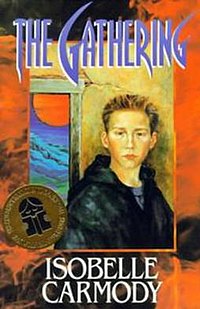


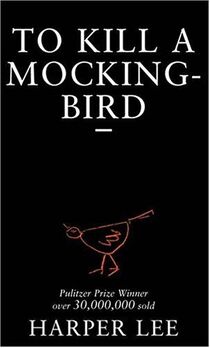
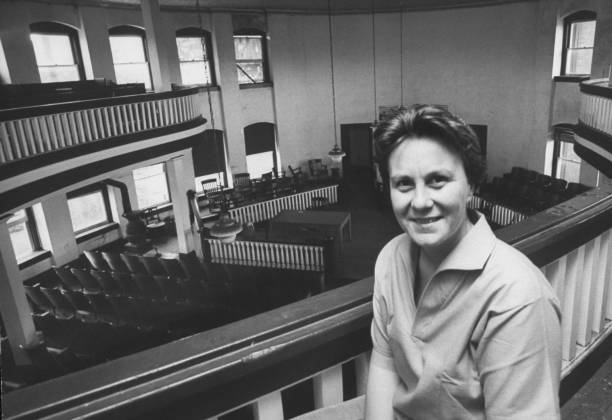
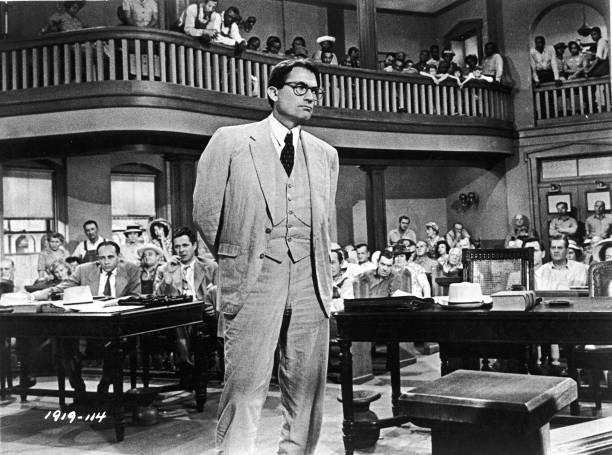
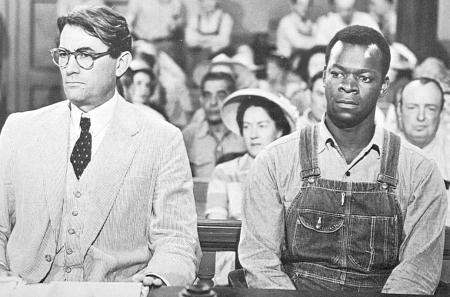
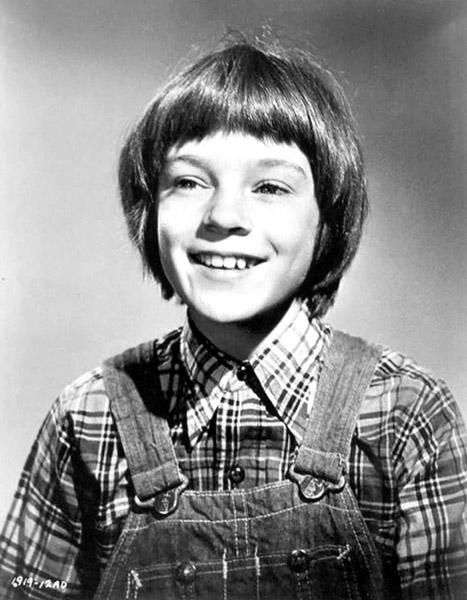
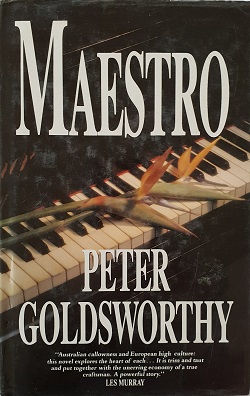


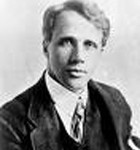

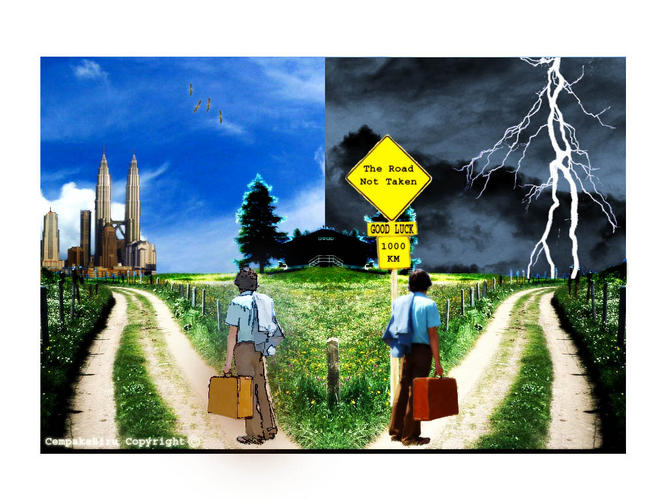

 What is a Fishbone Diagram?
What is a Fishbone Diagram?

